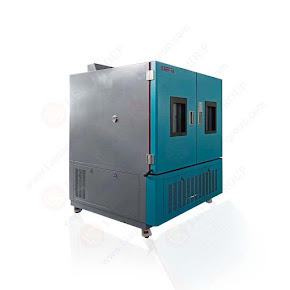High temperate test against outdoor appliance with a thermal chamber
.jpg)
The performance and longevity of outdoor electronics and appliances, such as LED lighting fixtures, motors, and other electronic devices, must first be put through a high-temperature test in a thermal chamber. This is an essential stage in the evaluation process. This test is designed to establish whether or not the items can endure situations of severe heat, such as those to which they would be subjected in real-world settings. In order to carry out the test, the product is first placed in an atmosphere that is under close observation inside the thermal chamber . The temperature within the chamber may be regulated and adjusted to the level that is required, which is often much greater than the temperature at which the device is normally operated. After that, the product is heated to the prescribed temperature for the allotted amount of time, which is usually a number of hours. During this period, the product is examined for any changes in its performance, such as a decline in its ef...
